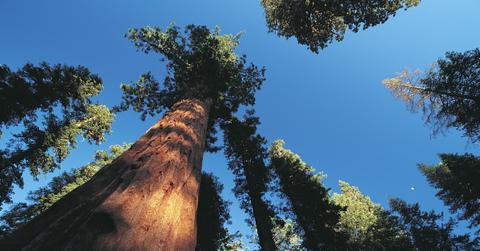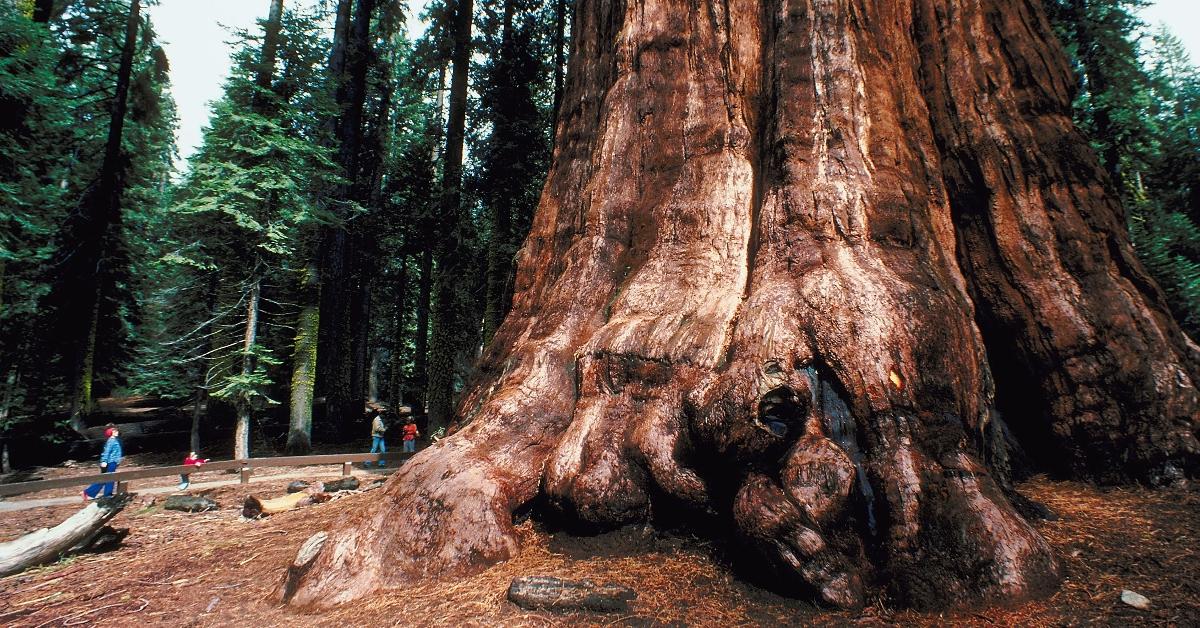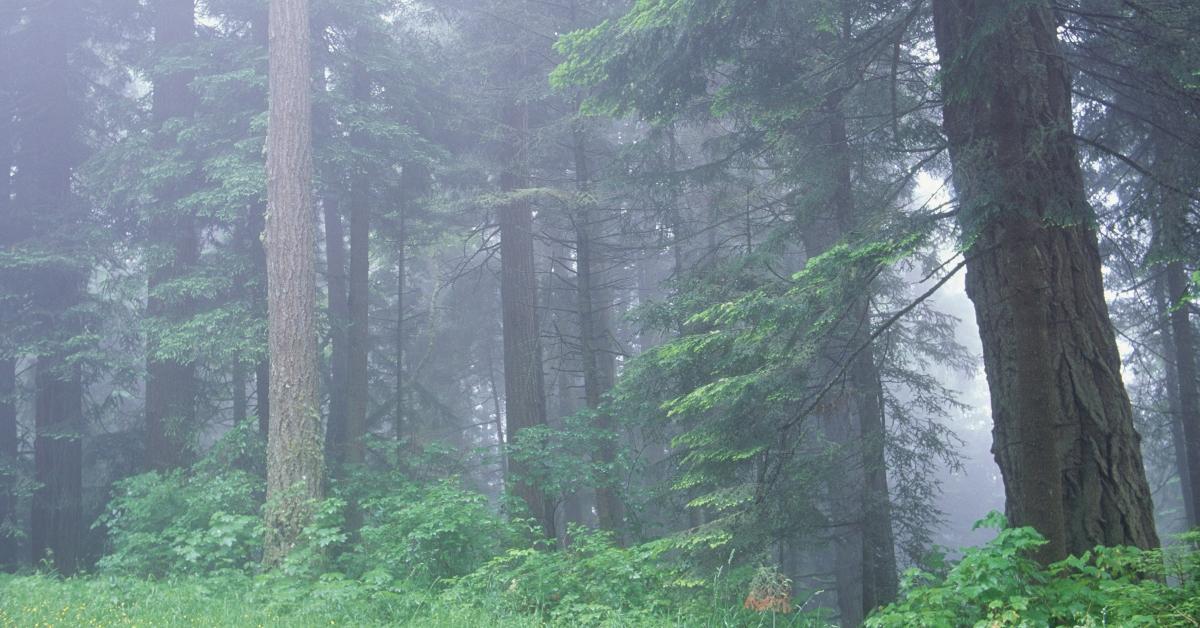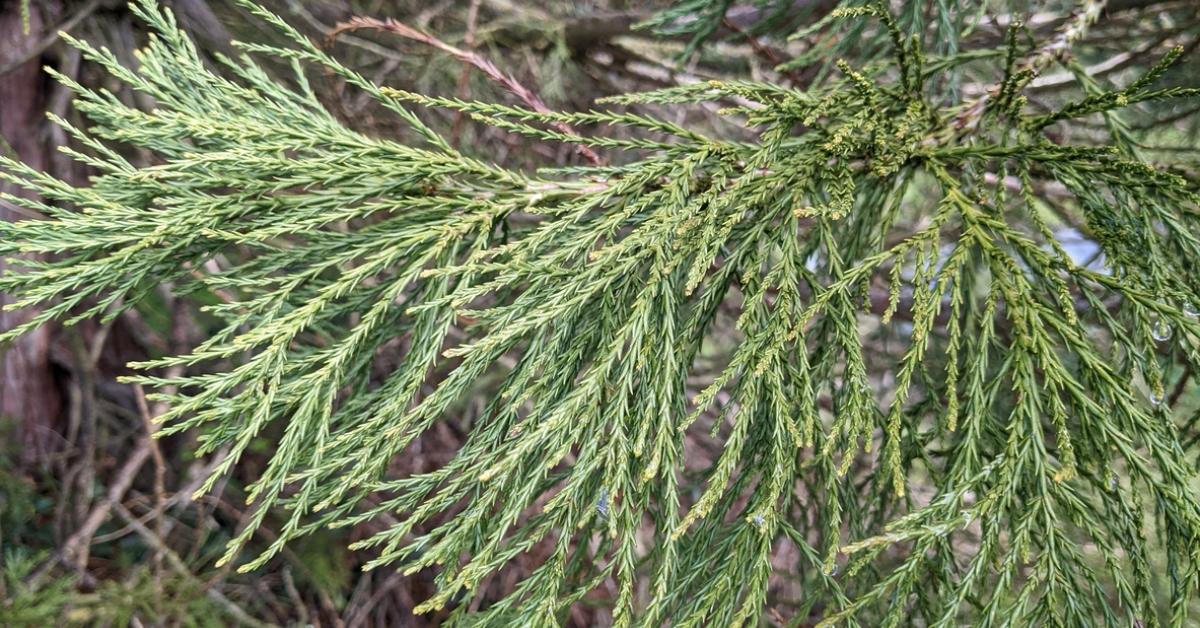Sequoia vs. Redwood: The Similarities and Differences Between These Giant Trees
Published Nov. 27 2023, 4:47 p.m. ET

The Gist:
- Sequoias and redwoods are the largest trees in the world.
- However, despite their similarities, sequoias and redwoods are different species.
- Climate change threatens the habitats of both sequoias and redwoods.
Sequoias and redwoods are the largest and tallest trees in the world. Many people often confuse the two coniferous giants. However, while the two have many similarities, they also have unique characteristics that make them different.
The confusion may be because giant sequoias are sometimes called “Sierra redwoods.” And, to add to the confusion, coast redwoods are part of the genus “Sequoia.” Let’s look at sequoias vs. redwoods, what they have in common, how they are different, and why these gentle giants are rapidly disappearing.

Are redwoods and sequoias the same?
No, redwoods and sequoias aren’t the same. They are two different species of trees. Yet, they do have several characteristics in common. The similarities between sequoias and redwood include:
Their age - Sequoias and redwoods are some of the oldest trees on the planet. Giant redwoods can live up to 2,000 years, and sequoias can live as many as 3,000 years, per the Sequoia & Kings Canyon National Parks.
Their enormous size - According to the National Park Service, the sequoia is the largest tree in the world, and redwoods are considered the world's tallest trees. One of the world's largest sequoias, located in the Sequoia National Park, is 275 feet tall and has a trunk that measures 102 feet in diameter, per Live Science. The tallest redwood on record stands over 379 feet tall with a trunk circumference of 24 feet, per Live Science.
Their root systems - Both sequoias and redwoods have shallow root systems, which could leave them more susceptible to problems during droughts, per Live Science.
How are sequoias and redwoods different?
Sequoias and redwoods may seem similar, but as previously stated, they are entirely different species. Sequoias are the species Sequoiadendron giganteum, while the coast redwoods are of the Sequoia sempervirens species.

The differences between sequoias and redwoods are:
Their trunk size - Size does matter when it comes to telling apart a redwood and a sequoia. Sequoia trunks can be about four times the size of a redwood trunk. Some sequoia tree trunks were so large that tunnels were built through them.
Their habitat - While sequoias and redwoods are found in the western states of California and Oregon, their habitats are very different. Sequoias are found inland in the Sierra Nevada mountains, where the summers are primarily warm and dry. Per Live Science, they get the water they need to survive from the snowmelt in the mountains.
Climate change has decreased the amount of snow that falls in the Sierra Nevada mountains, which could cause problems for the sequoias.
Redwoods grow closer to the coastline in California and Oregon, getting the moisture they need from the fog and frequent rain in the area. Live Science also says that climate change has also impacted the redwood habitat as warmer temperatures have decreased the number of foggy and rainy days.

Needles of a giant sequoia tree.
Their needles and bark - As with most coniferous trees, you can identify their species by looking at their needles. According to the National Park Service, sequoia needles are ‘scalelike” and “resemble that of the junipers.” Redwoods have more needle-like foliage, similar to hemlock.
Both sequoias and redwoods have reddish-brown bark, but they differ in thickness. Sequoias have thicker bark, up to three feet thick, per the Sequoia & Kings Canyon National Parks. The bark on a redwood is only about 12 inches thick.